Showing gratitude is essential for all great relationships. Yet, we often struggle with the right way to say thank you. Of course, you could just say it but sometimes perhaps a bit more is needed. One great way to show you are truly thankful is using a thank you card (or note). A handwritten or personalised note is a simple way to show that you truly value the recipient, by taking the time to write an expression of gratitude that is just for them. So how can you make sure that your card hits the right note and warms the heart of the reader?
Be Quick
You’ll find it easier to express yourself when the gift or whatever else that you are thanking them for is fresh in your mind. If the recipient is someone who normally sends out thank you cards themselves, then receiving a card after a week or two might even be perceived as impolite or indicate that the gift wasn’t well received. With thank you cards, late is better than never as thank you cards are always welcome. The best time to write the card or note is probably within a few days of receiving the gift or other event that is the reason for writing the card, because you’ll hopefully be feeling the maximum appreciation. There is nothing
better than natural sentiment coming from a grateful heart.
Pause and Think
Taking a moment to think before picking up the pen will really enhance the meaningfulness of the card. Think about: what am I grateful for? How will I use what they have given me? What complimentary things can I say about the person I am writing to? Pausing to think will help you build a natural appreciation that will warm the words in your card. Remember, never write multiple thank you cards or notes one after the other, spacing them out throughout the day or week and ensuring you pause to think will make them much more heartfelt and effective.
Get the Name Right
Perhaps an obvious first step, but one that is often overlooked. Many names of the same pronunciation are spelt differently and getting the person’s name wrong is a great way to ruin a thank you note right from the start. On the other hand, using the proper address or their first name where appropriate will show respect and care.
Express Thanks First
A generic ‘thanks so much for…’ or ‘I’m so grateful that…’ is the backbone of your thank you card. It also provides an easy way in to your message without having to write poetry or get bogged down in any other forms of creative writing.
Make it Specific
While the point of the message is to thank them, being generic will detract from this purpose or show a lack of respect for the time, effort or resources they have put into the gift or other things they have done for you. On the other hand, a specific message will show appropriate appreciation and respect for the thought that they put in. For example, you could mention how you are planning on using the gift they gave you or how the gift or event affected you in a positive way. If the gift is of money or a voucher, maybe indicate how you plan to use it, as it is likely that the benefactor will be interested in this.
Restate Your Thanks
Towards the end of the card you will want to add some kind of forward-looking statement, perhaps about looking forward to seeing them soon. After this, you need to restate why you are grateful but perhaps using slightly different wording. For example, ‘I would like to thank you again for…’ or ‘I feel extremely touched that…’.
End with Appropriate Regards
To end your message, you will need to decide on an expression of regards that is appropriate for the relationship you have with the recipient. For example, when writing to your boss or an acquaintance with a formal tone, you could end with ‘regards’, ‘sincerely’ or ‘many thanks’. For closer friends or family, you could opt for a warmer ‘with love’, ‘yours truly’ or ‘warmest thanks’. Of course, remember to sign your name at the bottom.
This is a Hong Kong GGB original 'How to Write A Great Thank You Card' blogpost.





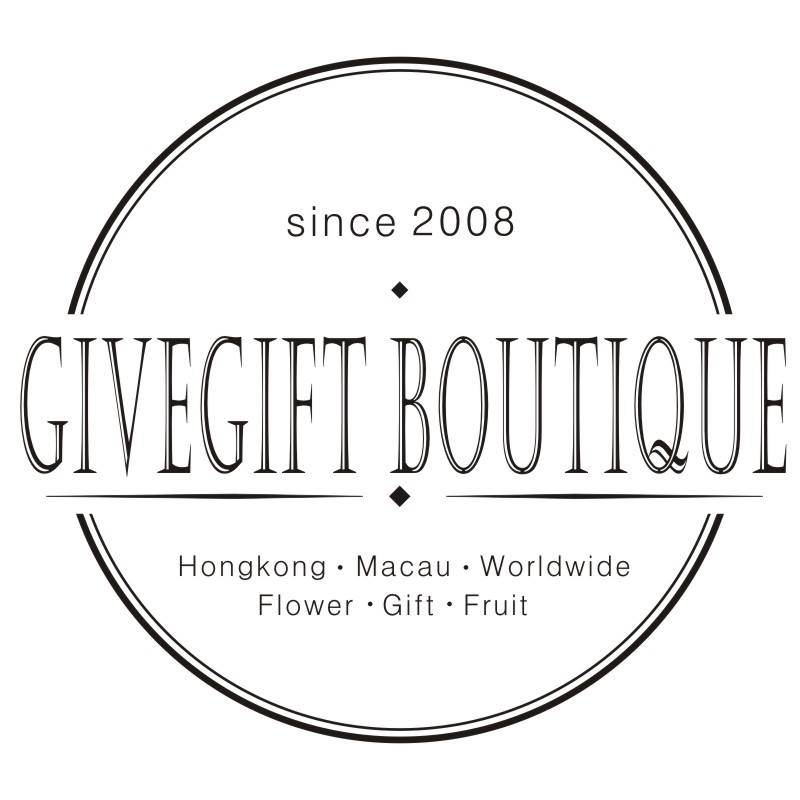


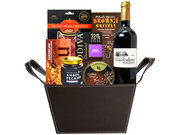



 Share
Share Tweet
Tweet +1
+1  Pin it
Pin it Post
Post  Weibo
Weibo Review
Review



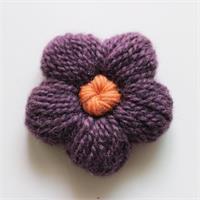



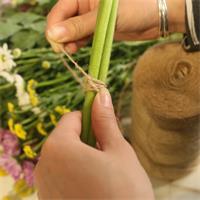
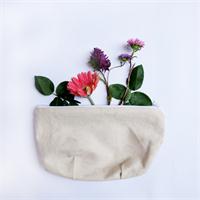




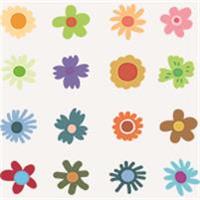





 Diwali Gifts
Diwali Gifts 
 ▶
▶